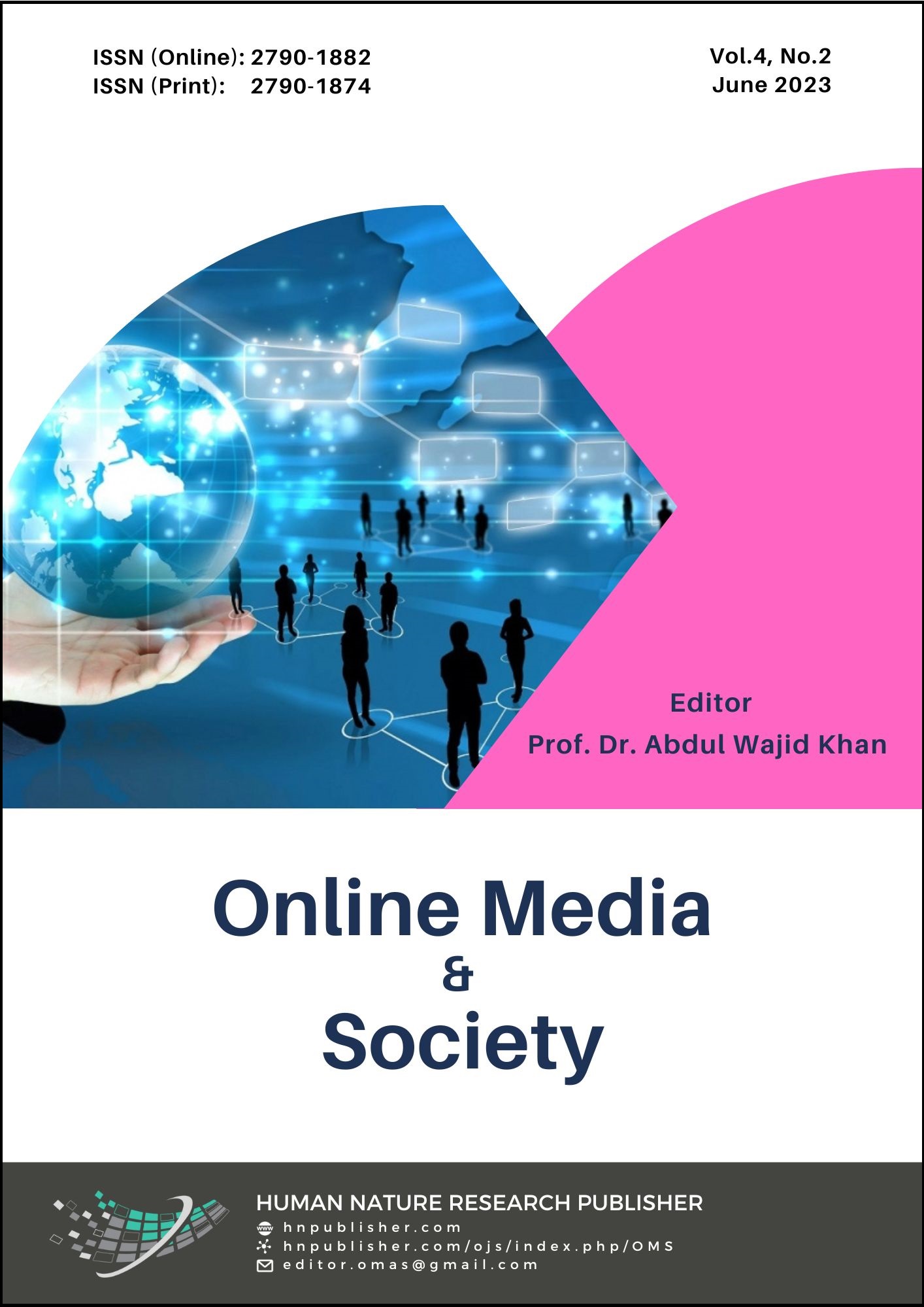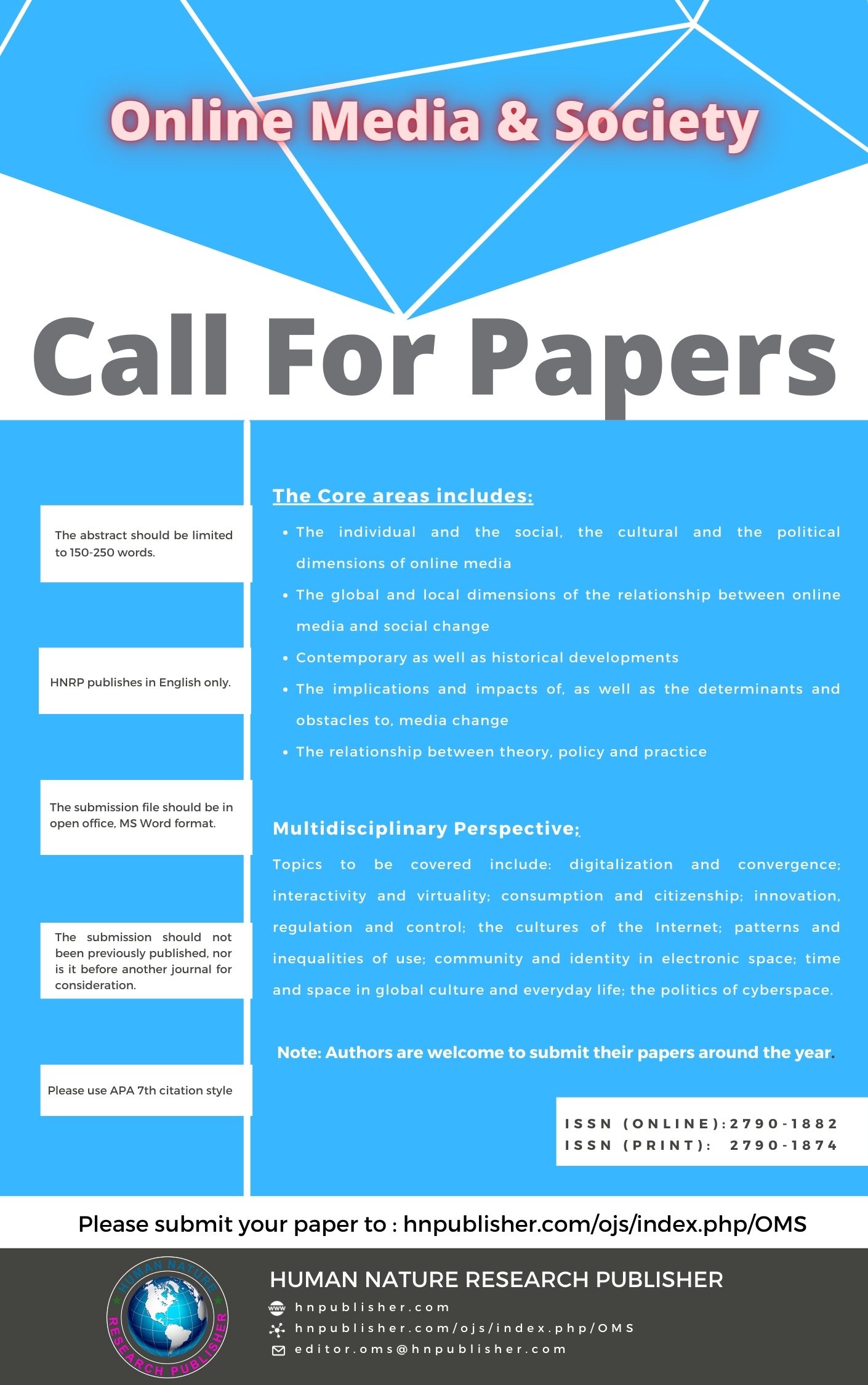The Influence of Social Media Algorithms on Political Polarization and Public Opinion
DOI:
https://doi.org/10.71016/oms/2ffw9391Keywords:
Social Media, Polarization, Algorithm, 9 May IncidentAbstract
Aim of the Study: The study examined the influence of social media algorithms on political polarization and public opinion in Pakistan. The research began by reviewing existing literature on the relationship between social media and political polarization. The study analyzed recent data on the use of social media in Pakistan, with a focus on the events of 9 May 2023, commonly referred to as the "Black Day."
Methodology: The paper used survey method to explore the ways in which social media algorithms are shaping political polarization in Pakistan. The study critically analyzed the implications of these actions and their potential impact on various aspects of the situation.
Findings: The findings revealed that algorithmic curation of content on social media platforms may exacerbate political polarization. It is because algorithms tend to amplify content that is consistent with users' existing beliefs, while suppressing content that is not. This can lead to users becoming increasingly isolated in their own echo chambers, where they are only exposed to information that reinforces their existing views.
Conclusion: The paper concluded that the increasing use of social media algorithms is likely to further exacerbate political polarization in the country. However, study suggests that there are steps that can be taken to mitigate these effects, such as greater transparency and regulation.
Downloads
Published
Issue
Section
License
Copyright (c) 2023 Usama Javed, Umer Javed (Author)

This work is licensed under a Creative Commons Attribution-NonCommercial 4.0 International License.








